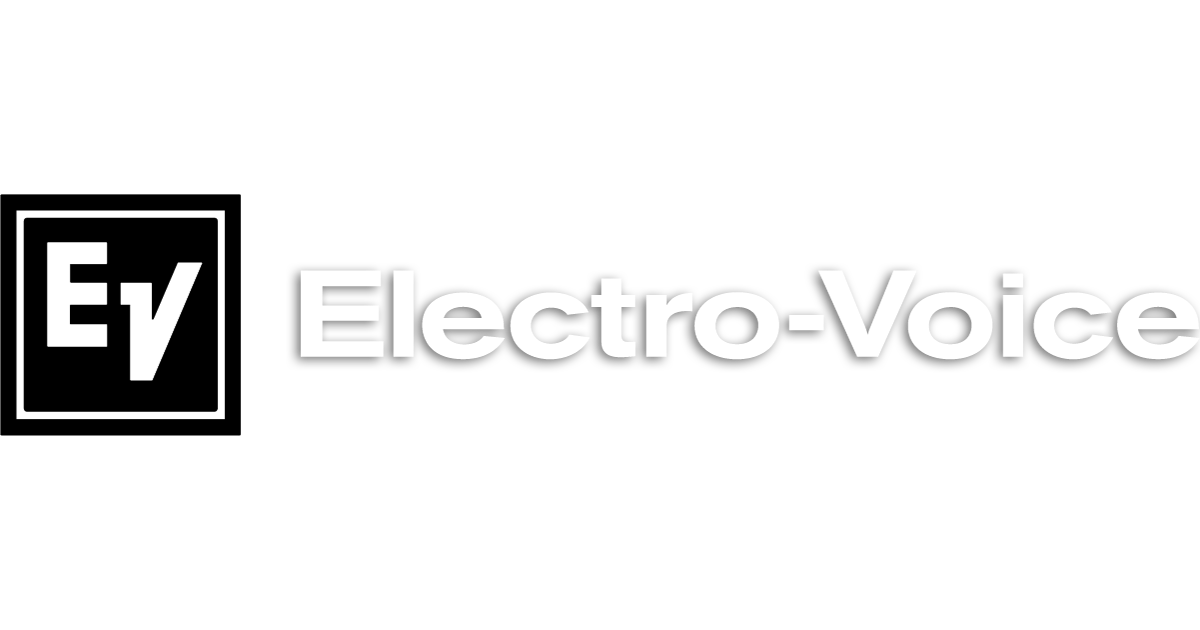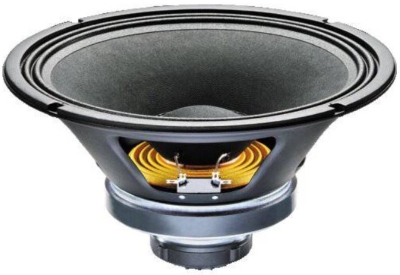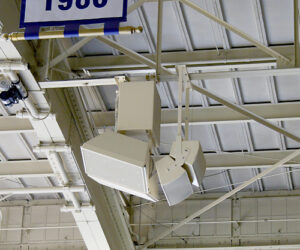The latest generation of cone and compression drivers – both within finished systems and available separately – incorporate numerous innovations that have led to more consistency, greater durability, and better overall performance.
Though do-it-yourself cabinets are less prevalent than they used to be, there are still several manufacturers offering high-performance professional drivers for replacements, upgrades, custom installations, or to build full-range loudspeakers of any scope.
Advanced design techniques and the employment of materials such as neodymium in magnet structures have helped lead this charge. Today’s drivers are marked by greater power handling, increased efficiency, and enhanced output in comparison to previous models. There are hundreds of top-quality options available.
The precision brought by computer-enhanced design, tooling, and manufacturing, in combination with strong new adhesives and surround materials, has helped increase the durability of drivers, as well as the linear control of their voice coil’s excursion.
Power handling has also increased in many cases, propelled by these materials along with efficient methods of ventilating the motor structure and dissipating heat. The cones are also more advanced, containing light yet extremely strong materials like Kevlar, carbon fiber, and other additives and coatings.
Diaphragms can be made of many materials, with aluminum and titanium being the most popular. Magnet structures are usually neodymium, which is light in weight and performs very well, but several manufacturers are also offering both cone and compression models with ferrite magnet structures.
Not all drivers behave the same way when given the same signal or when loaded into a particular enclosure. Sensitivity is one of the most useful specifications because it shows how loud a transducer will get relative to the input signal. This spec is stated in decibels (dB), usually referenced to 1 watt of input signal measured at 1 meter of distance from the driver. The higher the sensitivity rating, the more efficient the loudspeaker is at reproducing sound.
A parameter that seems to confuse some is wattage – it’s simply a statement of how much input power a particular device can handle. A transducer with a lower power rating but a higher sensitivity rating can have a louder output than one with a higher power rating but lower sensitivity. For example, a woofer with 96 dB sensitivity and 500 watts power handling will get as loud as a 1,000-watt driver with 93 dB sensitivity, using twice the power.
The frequency range that the unit operates within is relatively self-explanatory. But as you’ll see in the listings that follow, these do vary between what appear to be similar devices. For compression drivers, two additional things to look for are throat size and mounting configuration. Drivers normally fall into these throat-size groups: 1-, 1.4- (or 1.5-) and 2-inch. Generally speaking, the larger the throat, the larger the diaphragm, translating to operating at lower frequencies.
Several manufacturers have added 21-inch low-frequency driver designs to the mix, providing an even larger cone area. To accurately track the impulse of a kick drum or percussive bass, voice coils are often extended to allow greater linear travel.
With high-frequency drivers, selecting which one to use depends on the chosen crossover point of the low-to-mid driver in a 2-way configuration or between the midrange device and the HF driver in a 3-way system. A typical larger-format compression driver may have a 3-inch voice coil bonded to a diaphragm with similar dimensions, and with a throat exit of perhaps 1.4 to 2 inches going into a horn.
Coaxial drivers present another option, incorporating both LF and HF drivers that radiate from the same point. They’re utilized in both full-range loudspeakers and stage monitors, and when designed correctly, they can offer additional coherence and a more even sound field.
The following round-up of recent transducers presents recent compression drivers that handle high frequencies and cone drivers optimized for lower frequencies. Common parameters include usable frequency range, sensitivity, power handling, weight, and more, intended as a start to your own research. Enjoy the tour.
———————————————-
Compression Drivers
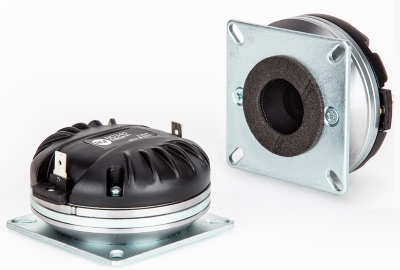
rcf-usa.com
Throat Size: 1 inch
Frequency Response: 12 Hz – 20 kHz
Sensitivity: 109 dB
Impedance: 8 ohms
Voice Coil: 1.75 inches
Magnetic Structure: Neodymium
Power Handling: 100 watts AES
Weight: 1.38 pounds
Notes: Two-slot, optimized geometry phase plug; polyimide diaphragm, suspension, on Kapton former; edge-wound aluminum voice coil.
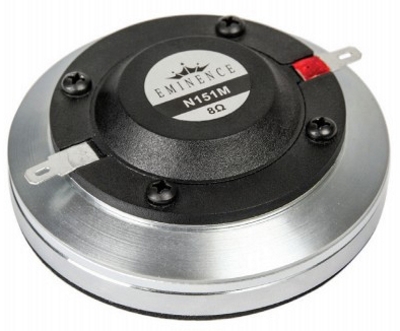
eminence.com
Throat Size: 1 inch
Frequency Response: 1.8 kHz – 27 kHz
Sensitivity: 111.5 dB
Impedance: 8 ohms
Voice Coil: 1.5 inches
Magnetic Structure: Neodymium
Power Handling: 45 watts AES
Weight: 1.8 pounds
Notes: Phase plug designed to improve distribution of forces over the diaphragm surface for lower distortion, smoother frequency response, and increased sensitivity.

faitalpro.com
Throat Size: 1.4 inches
Frequency Response: 500 Hz – 18 kHz
Sensitivity: 109 dB
Impedance: 8 ohms
Voice Coil: 2.9 inches
Magnetic Structure: Neodymium
Power Handling: 100 watts AES (above 900 Hz)
Weight: 5.1 pounds
Notes: Titanium diaphragm; aluminum voice coil on Kapton former; a variety of compression drivers with 1- to 2-inch exits are available.

eighteensound.com
Throat Size: 1.4 inches
Frequency Response: 800 Hz – 20 kHz
Sensitivity: 112 dB
Impedance: 8 ohms
Voice Coil: 3 inches
Magnetic Structure: Neodymium
Power Handling: 240 watts program
Weight: 5.1 pounds
Notes: Titanium diaphragm; 4-slot phase plug; diaphragm kit self-centering design allows high precision mounting; company offers 24 neodymium compression driver models.

jblpro.com
Throat Size: 2 inches
Frequency Response: 500 Hz – 20 kHz
Sensitivity: 111 dB
Impedance: 8 or 16 ohms
Voice Coil: 4 inches
Magnetic Structure: Neodymium
Power Handling: 100 watts continuous (150 watts above 1 kHz)
Weight: 10.5 pounds
Notes: Titanium diaphragm with 3-dimensional diamond pattern surround; edge-wound aluminum voice coil; Coherent Wave phase plug; compression drivers with 1- to 2- inch exits are available.

